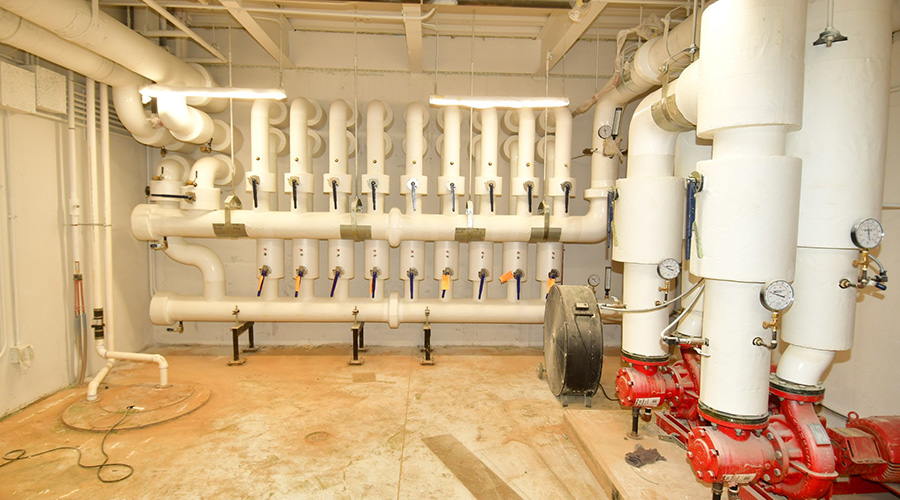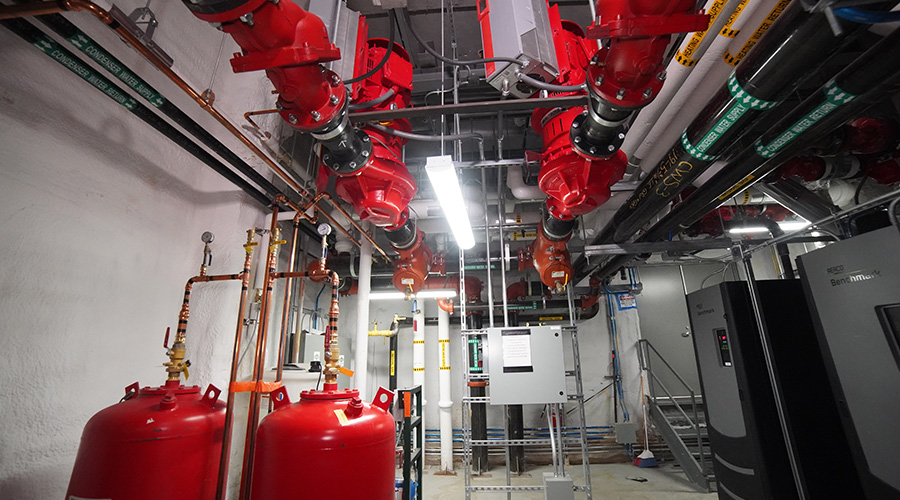Portable Heating and Cooling: Quantify a Room's Heat Load
Managers can avoid making these and other mistakes by carefully gathering essential information about the space to be cooled before they begin the specification process.
First and foremost, they need to quantify the heat load for the area the equipment will serve by using the size of the room, including the height of the ceiling. Another space consideration involves the space in which the facility will house the cooling or heating unit.
Armshaw also advises managers to know the type of power available, as well as the options for exhausting the hot air generated by the equipment. In server rooms, he says, managers need to know the number of servers and whether the area is served by an uninterruptible power supply.
Another necessary piece of information for manufacturers or distributors is information on the operations that take place in the space.
"If the space is going to be used by a lot of people in suits and ties, the equipment will need to provide more cooling. We need to know that," Armshaw says. "Bring all of that information to the table."
Tagge advises managers to provide accurate information on power restrictions.
"With 110 volts, you can only go so big in terms of capacity," he says. "It narrows down your equipment options."
Finally, managers need to understand options for removing condensate from units, whether it occurs by technicians emptying a tank on the unit or by attaching a drain hose that directs condensate down a drain.
Related Topics:
















